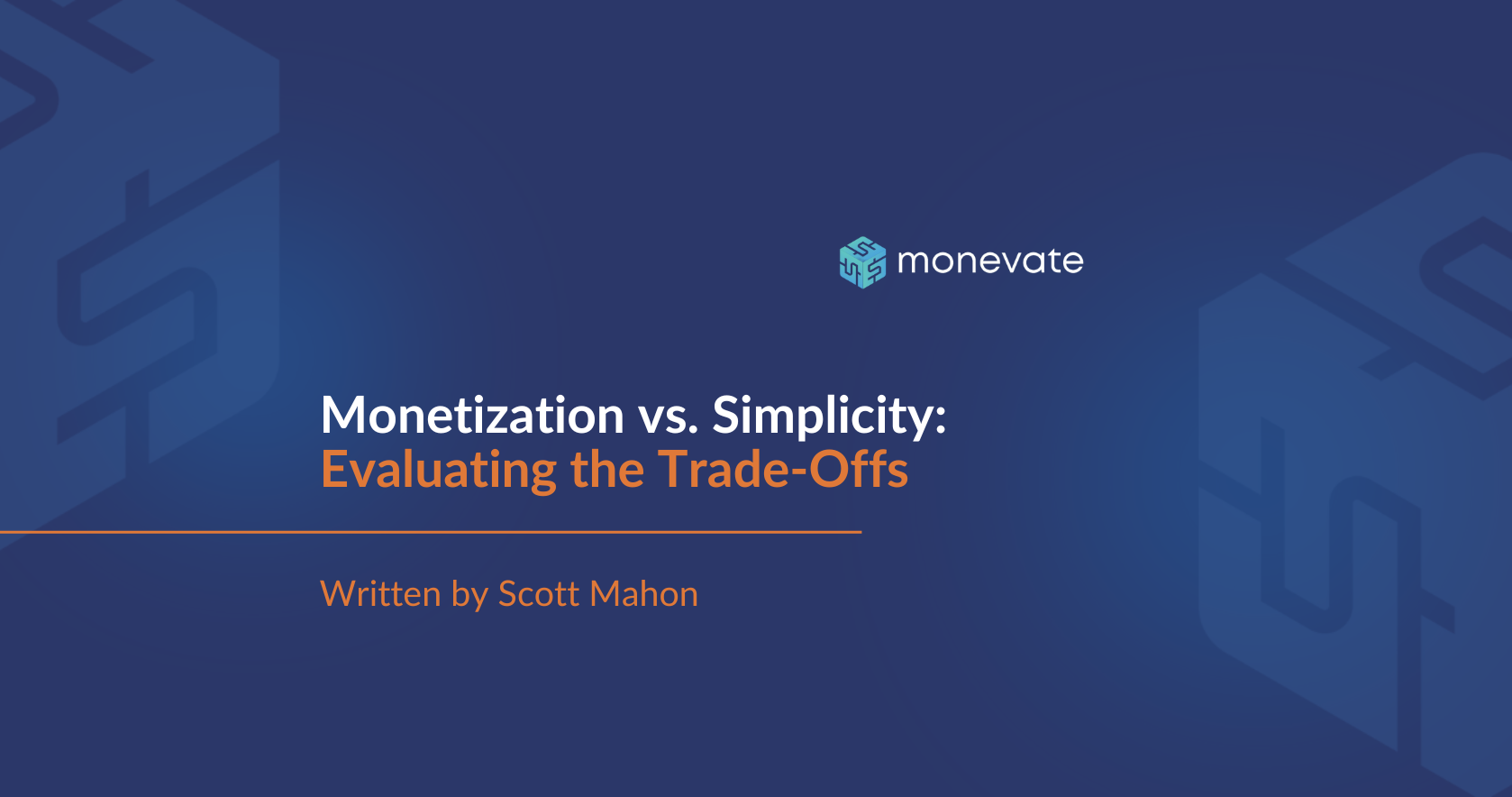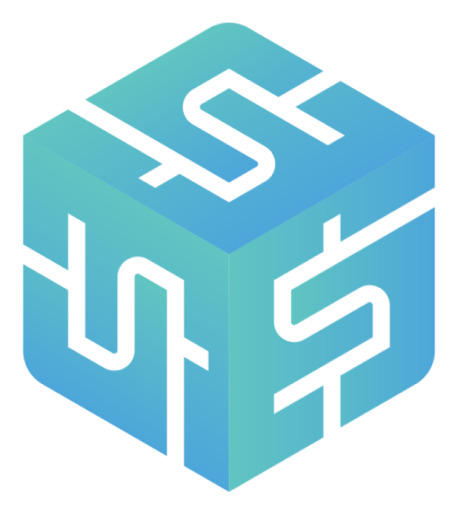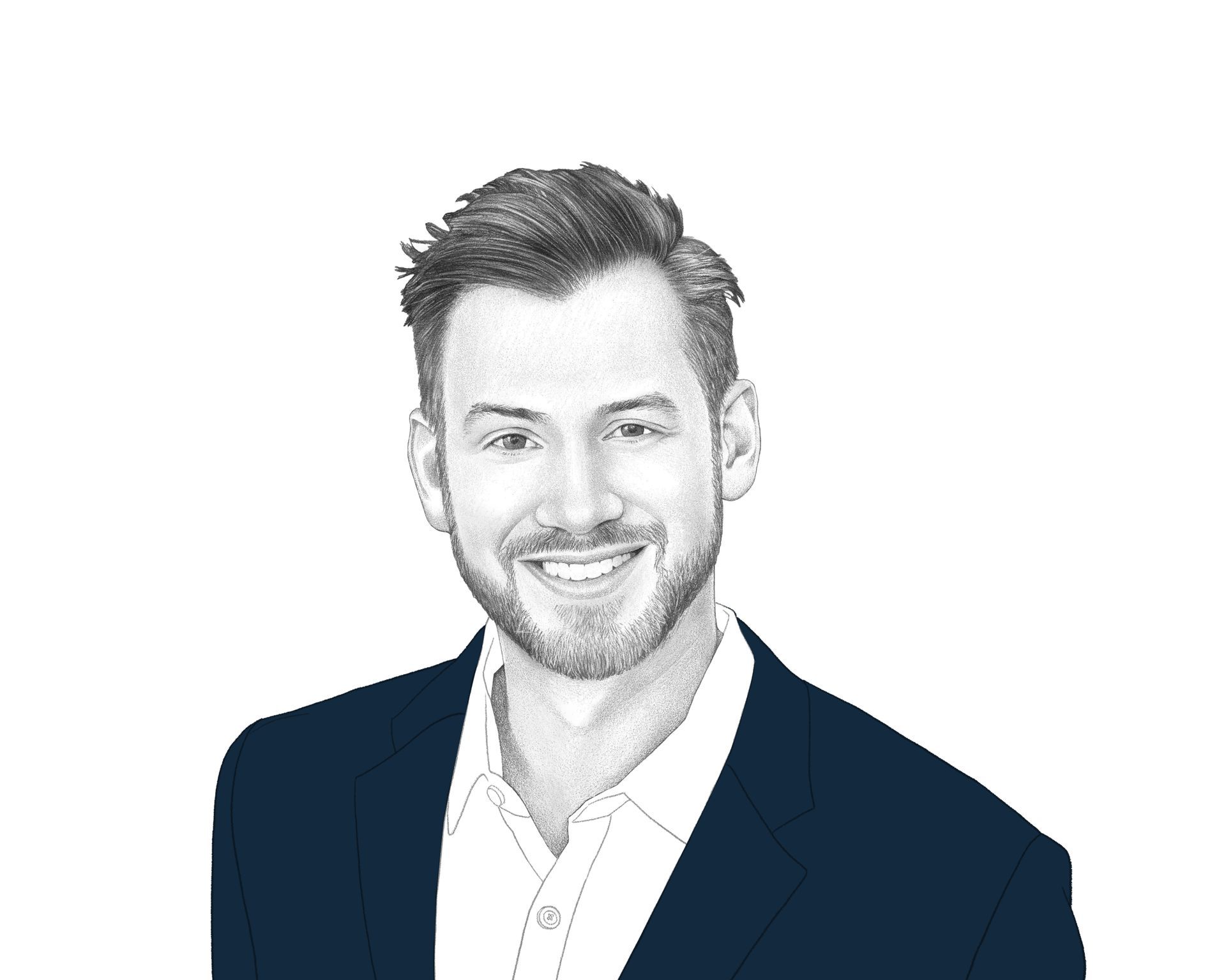5 Steps to Building a Revenue-Generating Usage-Based Pricing Model
Usage-based pricing models are on the rise. Today, 45% of expansion-stage SaaS companies say they have a usage-based pricing model, according to data from OpenView’s forthcoming 2021 Financial and Operating Benchmarks Report. Fast-growing startups like Kong (#68 on the Cloud 100) and more established vendors like AutoDesk and New Relic have implemented pricing models based on usage, with many more likely to follow.
The prevalence of usage-based pricing modules is partly driven by the increasingly popular pursuit of product-led growth, but also by the potential of such models to drive significant revenue growth. At Monevate, we are big fans of UBP, and we have built several usage-based pricing models for our clients. But it’s important to note that pricing on usage is not always the right strategic move for a business, and even when it is, bulletproof UBP models are tricky to design, and implementing them is notoriously challenging.
So, as a XaaS executive considering usage-based pricing, how can you decide whether you should make the transition, and assuming you should, how do you build and roll out a usage-based model that will achieve the growth you desire?
First, decide whether usage-based pricing makes sense for you…
It’s important to ask: is it truly the usage of your product, more than any other attribute, that determines the value a customer receives from your product?
Usage is seldom not at least somewhat aligned with value. Generally, the more engaged you are with a product, the more value you get. But that doesn’t mean that there aren’t other attributes that are more value-aligned. Seats are much-maligned as the “vanilla ice cream” of price metrics, but sometimes the value received by adding a user really does really is greater than by doubling a product’s usage.
Think of collaboration tools such as Zoom. I undoubtedly get more value from the platform if I host more meetings, but allowing others in my organization to use the video conferencing is a greater step change in value. Moreover, the value of many products, such as datasets or reference materials, comes from the fact that you simply have access to them, rather than how much you use them.
… and whether you have the appetite for the degree of transformation ahead
The complexities of pivoting from traditional seat-based subscriptions to usage-based pricing is like the transformation from on-premise to SaaS. We think of such transitions as a pricing change, but the reality is they frequently revolutionize your entire go-to-market motion, as well as a large part of your back office and front office systems. It takes a company-wide effort to migrate to usage-based. The impact can be huge if it is the right move – but you should go in with your eyes open to the amount of work involved.
Follow 5 steps to design a revenue-generating usage-based pricing model
1. Select the right value-based usage metric
There are many measures of usage, and some will align more closely with the value that the customer receives than others. In one engagement where we built a usage-based model for a Customized Search plugin, we produced a new definition of a “search,” to maximize link to value. In our new system any number of keystrokes or searches within a specified certain time period was defined as a single search (even though, technically, these are all individual searches) to align with what the customer would consider a value-based search on the platform.
It’s also very important to pick a metric that naturally grows over time, so that your customer prices will rise, and you have a natural upsell path. Many companies choose to monetize their products on some measure of the usage time, or the number of sessions. The trouble with this is that, through development, products tend to get better and more efficient, so time used may actually decrease. You run the risk of either giving your customers a price decrease or incentivizing yourself to not improve your product!
2. Build a price architecture to manage predictability and acceptability
Another challenge that usage-based pricing presents is that the perceived incremental value of usage invariably decreases as the usage volume increases. For example, if users are given the ability to “make transactions” within a product, the first ten transactions may be very valuable to the customer, but by the 100th, the customer perceives less incremental value with each transaction. Your price architecture (the way your price scales with the metric) therefore needs to ramp down the price per unit as the # units increase.
Perhaps the greatest, and most frequently mentioned, challenge of usage-based pricing is that usage is often highly unpredictable. This means customers will have trouble predicting what their usage will be, and therefore what their price will be. This can be a huge barrier to adoption for buyers with strict budgets. Smart pricing designers can increase the predictability through the architecture, by using bands to make the price fixed within ranges of usage, or by capping price beyond a ceiling of usage.
3. Ensure the pricing metric can be measured
Many companies keen on usage-based pricing later realize, at the point of the transition, that they can’t measure the usage! This can be technically – they aren’t set up to track it – or commercially – they aren’t allowed to get customer usage info without permission. One way to get around this is to conduct a usage-readiness assessment and determine the extent of the telemetry and contractual change that will be necessary for the transition.
4. Utilize multiple data sources to set the right usage-based prices
As with any other pricing change, you need several data points to set effective prices. To do that, first, look at your unit costs to ensure you understand how each unit of cost increases. Secondly, use several measures to inform willingness-to-pay. Look at your current customers – how much are they using, and what they are paying under the current pricing model? Can you benchmark against competitors or analogs with similar usage-based metrics to understand what the expectations for unit pricing may be and use your value difference to extrapolate what unit prices you could command? Can you do primary research to obtain willingness-to-pay data for customers of different usage levels?
When transitioning from another metric type to usage-based, you will usually find considerable scatter between what customers are currently paying and what they should be paying under the new system. Some customers will increase price markedly, and some should decrease. Make sure you consider the level of price increase that will be tolerated, and factor that into your model, and calibrate so that the change is revenue positive.
5. Manage the transition
We usually expect any kind of pricing transition to take 3-6 months, but usage-based transitions will always be at the upper end of that scale. You will need to change the way you sell, manage upsells, and incentivize your revenue organization. You will need to train the sales force on how to sell via the new strategy (assuming you are not entirely product-led). You must build or acquire the necessary infrastructure to track usage and bill on that basis. And there will be new processes to design and follow.
The potential upside to usage-based pricing is considerable, and we wholeheartedly recommend that if you think usage-based pricing could be right for your business, you look into it seriously. Just go at it with your eyes open!














